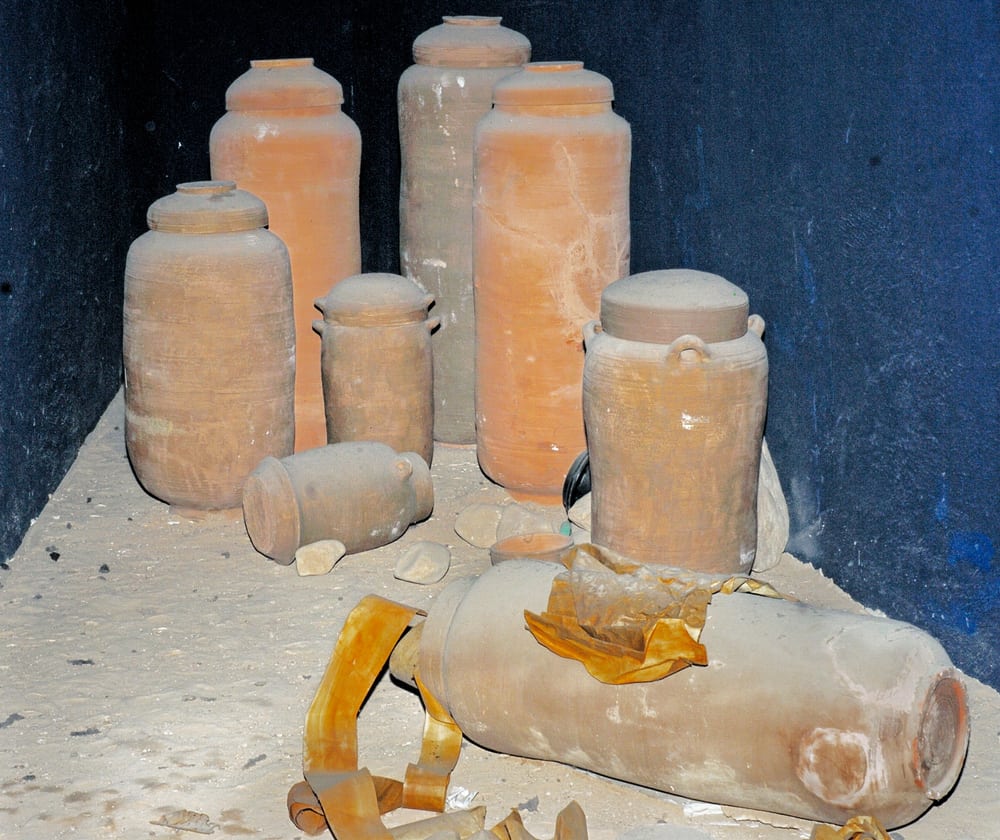Have you heard of the Dead Sea Scrolls? Discovered in the 1940s and 1950s, they were among the most important archeological finds of the twentieth century. The scrolls were written by ancient Jewish communities between about the third century BCE and first century CE, though some a bit later and some a bit earlier. Moreover, they were remarkably well-preserved, giving scientists and other researchers a glimpse into life in ancient Palestine.
A scandal erupted at The Museum Of The Bible in Washington, DC, which claimed to have several fragments of the Dead Sea Scrolls. However, these fragments proved to be fake. In turn, many came to question the integrity of the museum and the scrolls. But is such a reaction justified, and what does science have to say? Read on to learn more about the authenticity of the Dead Sea scrolls.
The Dead Sea Scrolls Were Discovered In The 1940s

The story behind the Dead Sea Scrolls is as legendary as the documents themselves. A Bedouin boy and his friends were throwing rocks into a cave in Palestine, near the Dead Sea, and heard smashing sounds. When the boy went inside to see what he had broken, he found clay pots that he had accidentally shattered.
Inside the clay pots were ancient fragments of scrolls written between the fourth century BCE and the second century CE. These scrolls are what came to be known as the Dead Sea Scrolls.
